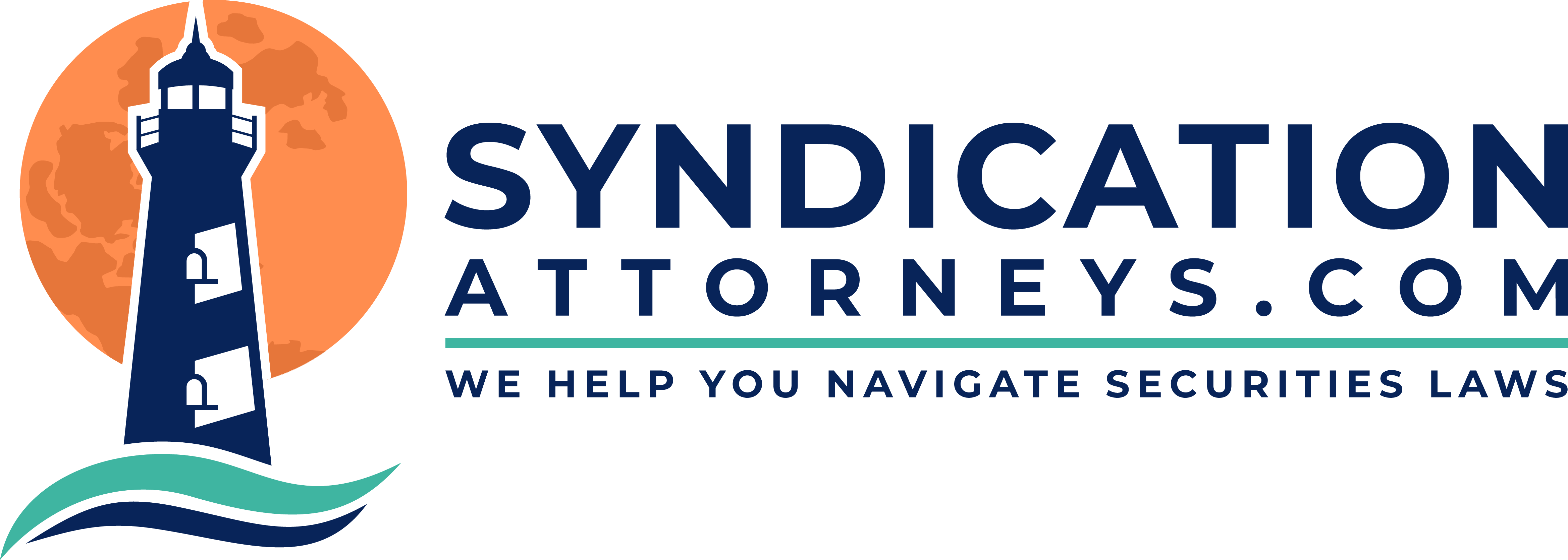
How to Overcome Challenges in Self-Storage Syndication, With Christopher Cashman and Terry Morrison
In this episode, our host, Attorney Kim Lisa Taylor, interviews Christopher Cashman and Terry Morrison of Equanimity Capital Partners LLC, who have built a portfolio of more than 3,100 storage units, plus 188 RV parking stalls, in five states (GA, NC, SC, AR, UT) using more than $10M in private capital in just 2.5 years! Kim gets these two pros to share their insider’s view on what it takes to build a profitable self-storage business.
More Podcasts:
Are you ready to raise private capital?
At Syndication Attorneys LLC, we are committed to your success – book a consultation with one of our team members today!

★★★★★
“Very useful, no-fluff knowledge!!!!”
Kim Lisa Taylor explains in simple language all the concepts of Syndicating a deal and do it right!!! She and her team members are true professionals. She has prepared over 26 PPM & Docs offerings for me and my companies. I highly recommend her services‼️‼️‼️🙌🙌 Thank You! Kim.
Vinney Smile Chopra
CEO of MONEIL Investment Group
★★★★★
“Kim is phenomenal and highly qualified”
Kim Lisa Taylor is amazing at what she does: representing her clients and holding the highest fiduciary interest for her endeavors. A phenomenal and well educated individual, I recommend anyone to look into her podcast and legal services seriously!
Apple Podcast Listener
★★★★★
“Great info!”
Attorney Taylor provides excellent information that even seasoned capital raisers tend to overlook or need a refresher on. In fact, the semi specified offerings are another way for structure that I will be looking into. Thanks Kim! These pods are great!
Kevin Dureiko
Principle Fund Manager at BirchDobson.com
Summer Fun(d) Sale!
☀️ 15% off all Blind Pool Funds, Customizable Funds, and Syndicates
🏖️ $300 off all Pre-Syndication Agreements (normally $1295, sale price ONLY $995!)
Expires August 31, 2024


